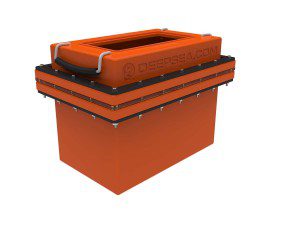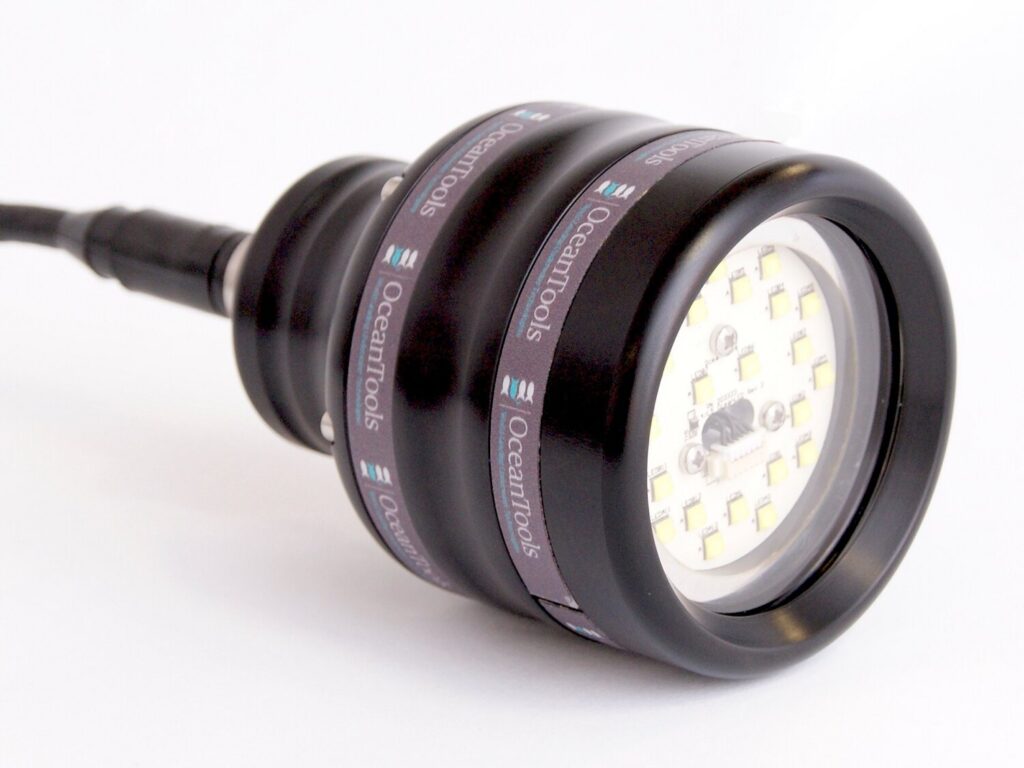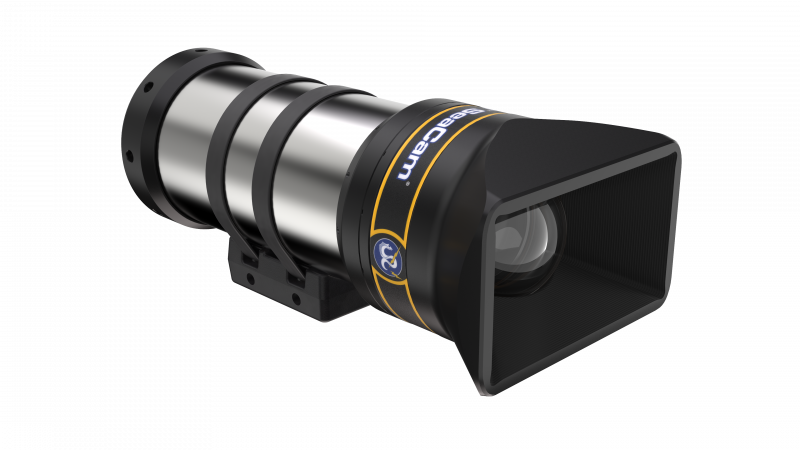BlueZone partners with over 50
world-leading original equipment
manufacturers and systems providers
Subsea Battery Power
Subsea Battery Power
The High-Current SeaBattery takes the already versatile SeaBattery to the next level by allowing users to draw up to 100 amps. The power module is a pressure-compensated submersible battery pack designed to perform at any depth, even the high pressure, low temperature environment of deep ocean trenches. Routine deployments to 6,000 meters as part of sea floor instruments and towed camera sleds have proven the SeaBattery power module to be both reliable and robust in the most demanding of subsea applications.
Key Features
Up to 25-hour mission duration
Speeds up to 4.2 knots
Increased module payload capacity
Search and recovery
Hydrography
Deep sea mineral exploration
Marine & Fisheries research
Product Enquiry
Related products
Website under development. Please use our hire enquiry form on the right to contact UVS for further details on this equipment.
Read moreDeepSea's Optim SeaCam provides a unique tool for scientists, subsea explorers, and film makers combining superb 4K imaging capability with familiar controls, flexible integration options, and an extremely rugged design.
Read moreBowtech has designing, manufacturing and supplying products to the subsea ROV, AUV, Defence, Nuclear and Leisure markets for over 20 years. From patented designs through to unique manufacturing techniques, Bowtech...
Read moreRelated Articles
Ahead of the Tide: A Year of Milestones and Momentum- A Letter from the Director
By Neil Hodges, Managing Director, BlueZone Group As 2025 draws to a close, it’s a moment to reflect on a year that has been nothing short of transformative for...
Read MoreGlobal Journeys, Fresh Faces and Capability Growth That Sets the Stage for the Future For BlueZone Group, 2025 has been nothing short of transformative — a year defined by...
Read MoreSafer Summers: Innovation Beneath the Waves with ArtemisSAR and StarFish
The Advanced Sonar Systems Giving Surf Life Savers the Tools to Protect Lives with Greater Speed, Safety, and Confidence As we turn the page into Aussie summer, the rhythm...
Read More



